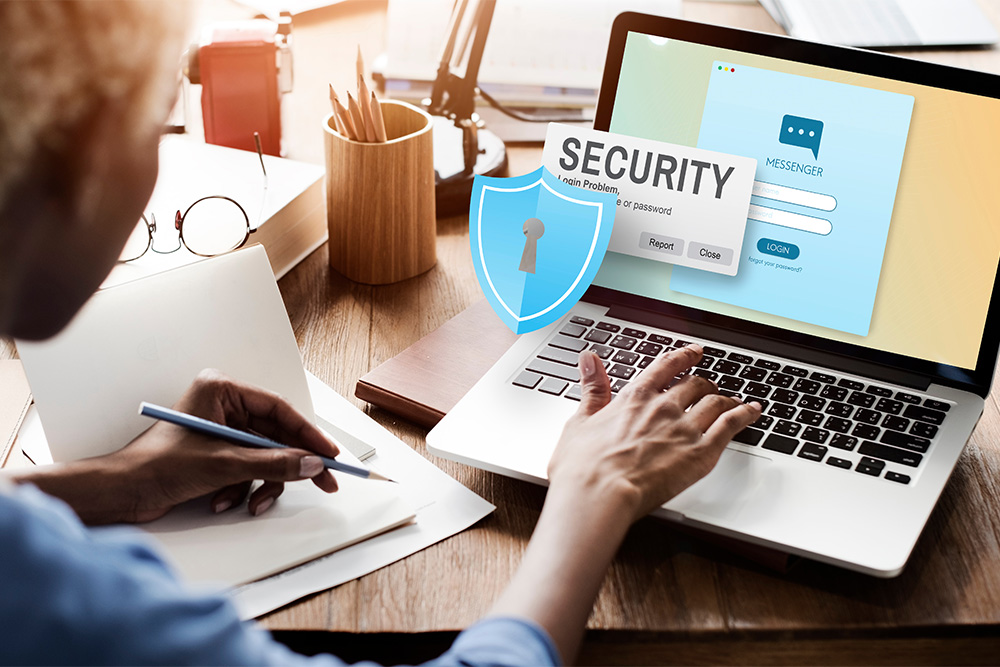
Tech Talk: Taking Back Your Online Privacy
In today’s digital world, our online privacy feels increasingly under attack. From data breaches to relentless tracking, it’s a constant battle to protect our personal information. But it’s not a lost cause! This post will break down practical steps you can take to reclaim control of your digital footprint.
Understanding the Threats
Before diving into solutions, let’s acknowledge the challenges. Companies collect data for targeted advertising, improving services (they say!), and sometimes, unfortunately, for less ethical purposes. Common threats include:
- Data Tracking: Websites and apps track your browsing habits, location, and more.
- Data Breaches: Companies storing your data can be hacked, exposing your information.
- Phishing Scams: Deceptive attempts to steal your credentials.
- Malware & Spyware: Software designed to monitor and steal your data.
Practical Steps to Protect Your Privacy
Here’s a breakdown of actionable steps, categorized for clarity:
1. Browser & Search Engine Choices
Your browser and search engine are often the first points of contact online. Consider these alternatives:
- Brave Browser: Blocks ads and trackers by default. Learn More
- DuckDuckGo: A privacy-focused search engine that doesn’t track your searches. Learn More
- Firefox with Privacy Extensions: Firefox offers strong privacy settings and supports extensions like Privacy Badger and uBlock Origin.
2. Password Management
Strong, unique passwords are crucial. Don't reuse passwords across different accounts!
- Password Managers: Use a password manager like 1Password, LastPass, or Bitwarden to generate and store strong passwords securely.
- Two-Factor Authentication (2FA): Enable 2FA wherever possible for an extra layer of security.
3. VPNs (Virtual Private Networks)
A VPN encrypts your internet traffic and masks your IP address, making it harder to track your online activity.
| VPN Provider | Key Features | Approximate Cost (Monthly) |
|---|---|---|
| NordVPN | Strong security, fast speeds, large server network. | $3 - $12 |
| ExpressVPN | User-friendly, excellent customer support, reliable performance. | $8 - $13 |
| Surfshark | Unlimited device connections, affordable pricing. | $2 - $13 |
4. Social Media Privacy Settings
Review and adjust your privacy settings on all social media platforms. Limit who can see your posts and personal information.
- Facebook: Control your audience, limit ad tracking, and review app permissions.
- Twitter/X: Protect your tweets, control who can tag you, and limit data collection.
- Instagram: Make your account private, control who can follow you, and review tagged photos.
5. Be Mindful of Permissions
Pay attention to the permissions you grant to apps and websites. Do they really need access to your location, contacts, or camera?
Staying Informed
The landscape of online privacy is constantly evolving. Stay informed about the latest threats and best practices by following reputable tech blogs and privacy advocates. Resources like The Electronic Frontier Foundation (EFF) are excellent starting points.
Protecting your online privacy is an ongoing process, but by taking these steps, you can significantly reduce your risk and regain control of your digital life.
